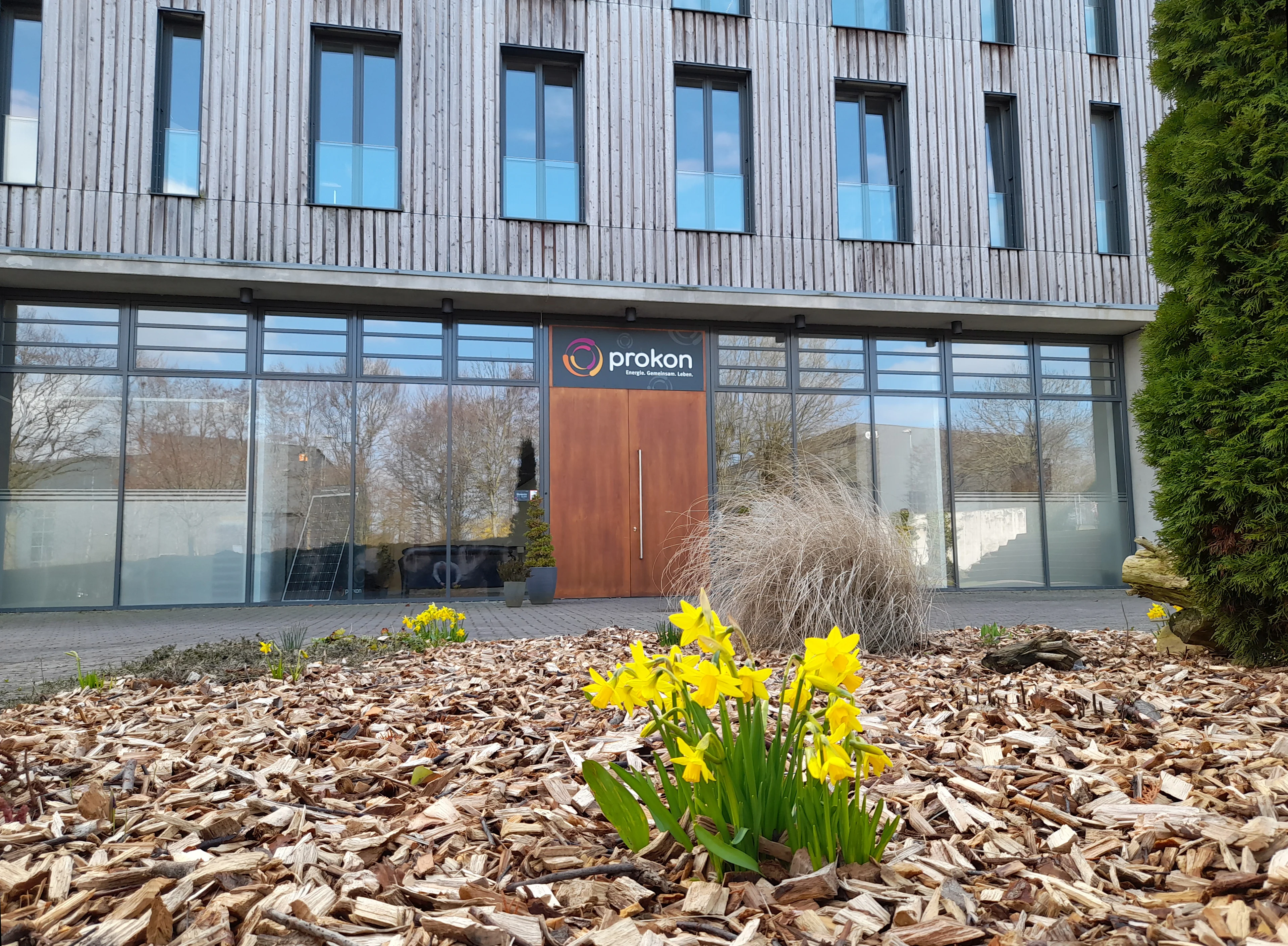The nitrogen or ammonia content in the substrate is separated in a "stripping plant" or a biological treatment stage and then supplied for fertiliser utilisation (ASL – Ammonium Sulphate Solution). The thermal energy required for the biogas plant is generated from the combustion of digestate (base load heating) as well as from a woodchip heating system (peak load heating). Biogas, upgraded to biomethane, can fulfil important functions within the energy system, such as providing balancing power in the electricity grid or, as intended in this case, serving as an alternative fuel (RED II / III – advanced fuel). Compared to biogas, biomethane has the advantage that it can be fed into existing gas grids, stored there, and utilised by suitable economic entities as part of the legally required industrial decarbonisation and transportation sector goals (climate targets).
For more details, the colleagues are happy to assist.


